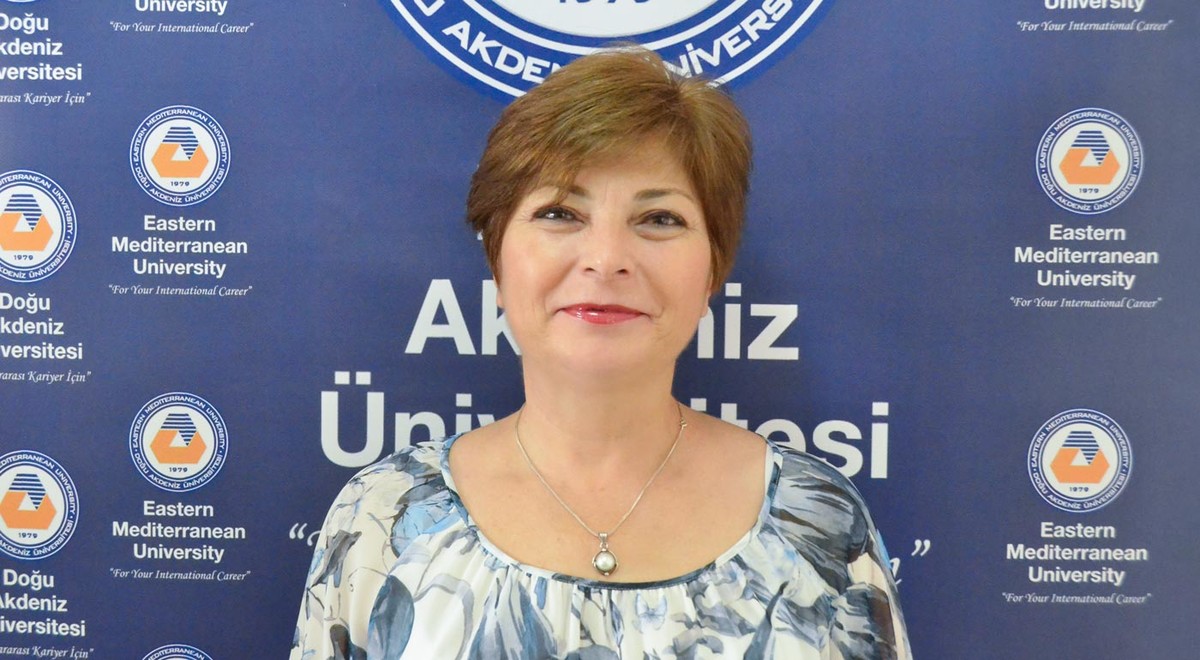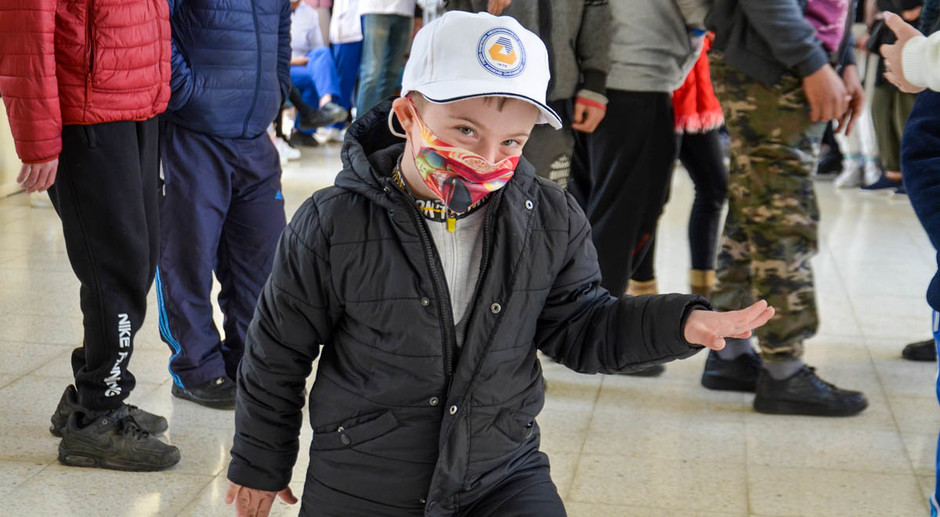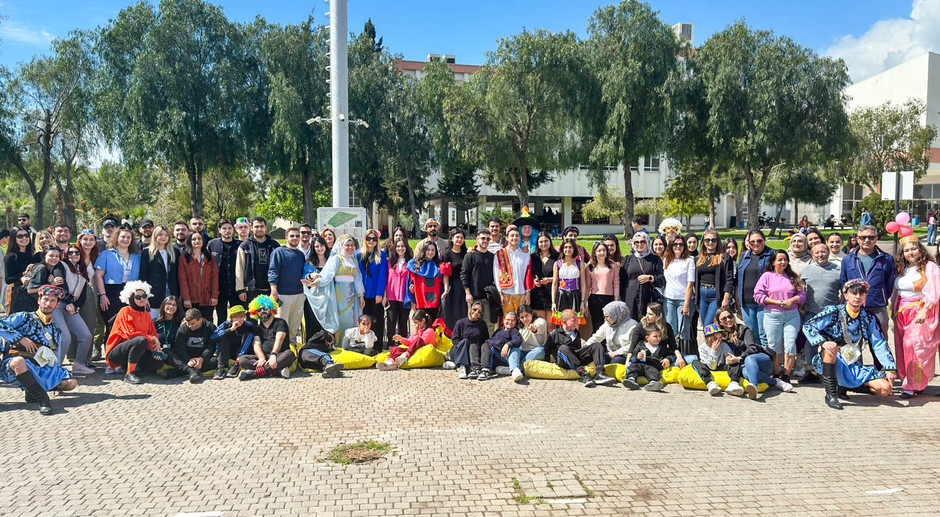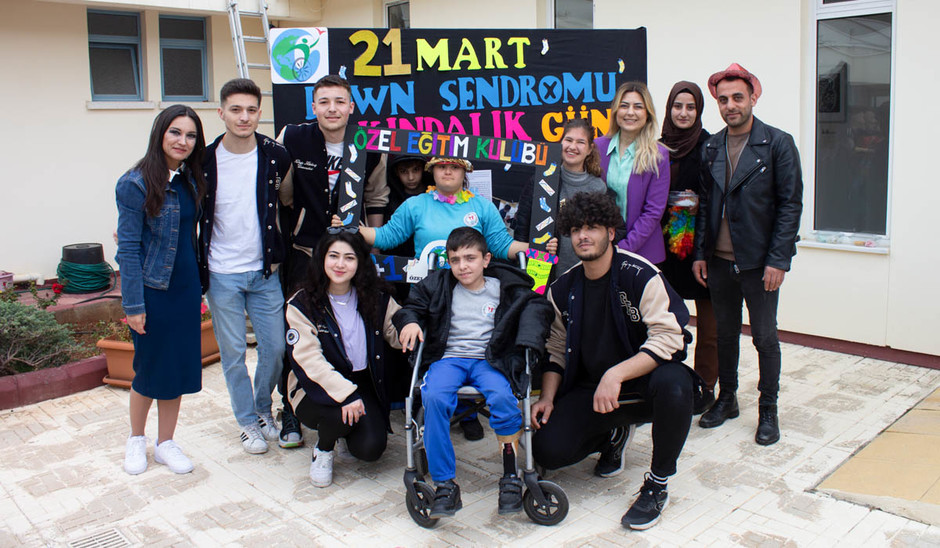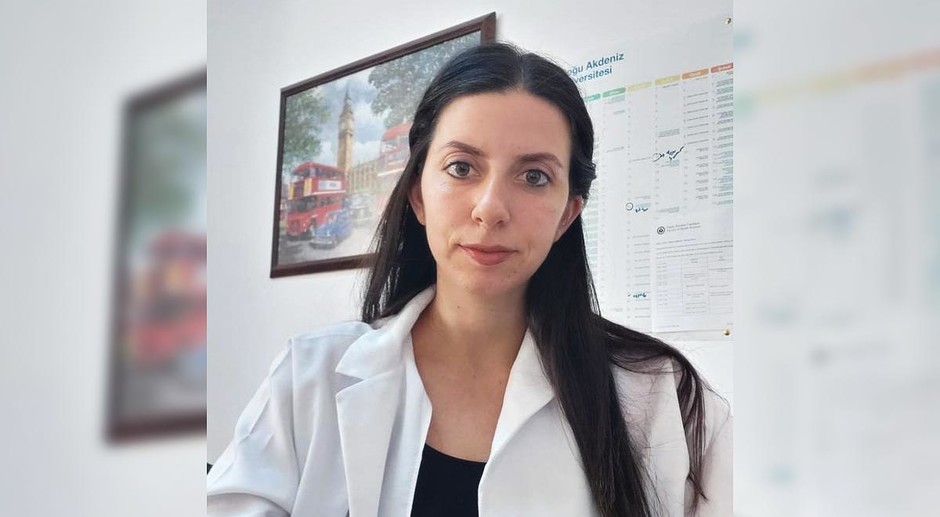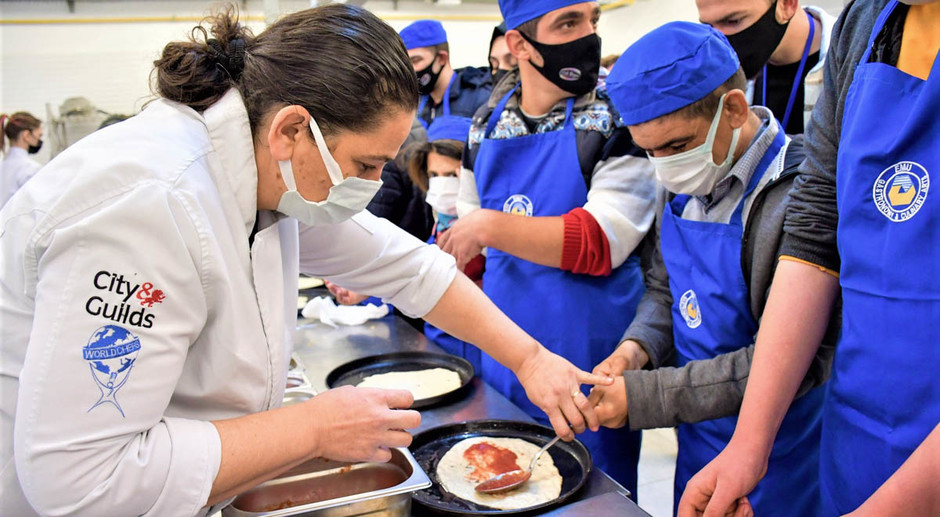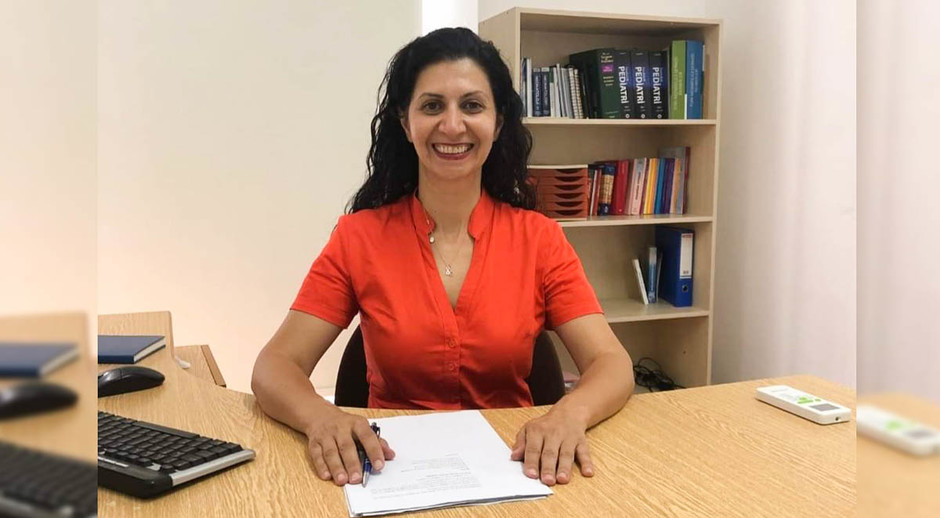Eastern Mediterranean University (EMU), Health Sciences Faculty, Physiotherapy and Rehabilitation Department, Paediatric Rehabilitation Unit released a statement on the occasion of 21 March – World Down Syndrome Day. Unit Supervisor Prof. Dr. Emine Handan Tüzün released a statement on behalf of the Paediatric Rehabilitation Unit. The said statement reads as follows:
“Down syndrome is a genetic difference caused by the presence of an extra chromosome in the 21st pair of the 23 pairs of chromosomes. Individuals without Down syndrome have 46 chromosomes. However, individuals with Down syndrome have a total of 47 chromosomes because there are three copies of the 21st chromosome. Down syndrome is not hereditary and does not cause death. Although the exact causes are not yet known, advanced maternal age, a history of Down syndrome in previous children, and the presence of chromosomal abnormalities in one of the parents increase the likelihood of Down syndrome. The effects of medications, vitamin deficiencies, hormonal or viral factors, and smoking are not conclusive. Down syndrome occurs in approximately 1 in 700 to 1 in 1000 newborns worldwide.
What are the signs and symptoms often observed in individuals with Down syndrome?
Various functional and structural differences and/or disorders are observed in people with Down syndrome. These individuals typically have characteristic facial features such as a single palmar crease, a large gap between the first and second toes, small hands and feet, small mouth and nasal cavities, a flat nasal bridge, and slanted eyes.
Functional limitations also encompass muscle weakness due to decreased muscle tone, hypermobility in the joints, laxity in connective tissue, issues with balance, mild to moderate obesity, and intellectual disability.
Certain medical issues such as heart problems, hearing and vision impairments, thyroid disorders, respiratory issues, and gastrointestinal diseases are also common in people with Down syndrome. However, it is important to note that some individuals with Down syndrome do not experience any of these mentioned medical problems.
What’s the role of Physiotherapy and Rehabilitation?
The needs of children with Down syndrome do not differ from the needs of other children. They want to get to know everyone/everything around, play, learn and laugh. They need the support of healthcare professionals such as special education teachers, physiotherapists, and occupational therapists to help them achieve greater success in these tasks. Even though the implementation of special education in people with Down syndrome has been present during the years, the physiotherapy and rehabilitation have increasingly gained importance in recent years to enhance their quality of life. Additionally, it should be noted that the earlier the encounter between the individual and the physiotherapist, the greater the success. In this regard, physiotherapy and rehabilitation, incorporated into early intervention programs from infancy, significantly contribute to the involvement of individuals with Down syndrome in various aspects of life. Physiotherapists play crucial roles in five key areas for individuals with Down syndrome: expediting gross motor development, enhancing fine motor skills, mitigating balance and coordination issues, boosting respiratory capacity, and bolstering cognitive functions. Therefore, a comprehensive assessment is conducted initially to identify existing problems, discussions are held regarding the expectations of both the individual and their family, and based on these discussions, the content of the physiotherapy and rehabilitation program is planned and implemented.
Since its establishment, Eastern Mediterranean University, Health Sciences Faculty, Department of Physiotherapy and Rehabilitation, Paediatric Rehabilitation Unit has been continuing its work with various healthcare professionals in collaboration with the teachers and Directorate of Famagusta Special Education and Rehabilitation Center, for the sake of accelerating the community involvement process of children with Down syndrome. We are proud to see the increasing fruits of our efforts in this regard.
In 2011, the United Nations designated March 21st (21/03) as World Down Syndrome Day due to the presence of three copies of the 21st chromosome in individuals with Down syndrome. World Down Syndrome Day provides an opportunity to raise awareness about individuals with Down syndrome and their needs, while also highlighting how valuable they are to us. Chromosomes resemble socks in their appearance, and each chromosome makes us unique individuals. In this context, as we embrace our differences and rejoice our diversity without hesitation, it is crucial on this day of recognizing and valuing our individuality that we showcase our colors by wearing socks of various hues. Increasing awareness about individuals with Down syndrome enables us to provide more assistance for their engagement in life. As their involvement grows, so does their overall well-being. The primary objective concerning individuals with Down syndrome is their inclusion within society. This year’s awareness focus revolves around “Down Syndrome and Employment”. Therefore, it is vital for the entire society to undertake significant responsibilities aimed at increasing the employability rates of individuals with Down syndrome as they transition from childhood to adulthood. We believe that with the valuable contribution they bring to our world, they will excel in many fields of work. When supported by the family and the entire community, we believe that we can integrate them into society successfully.”

